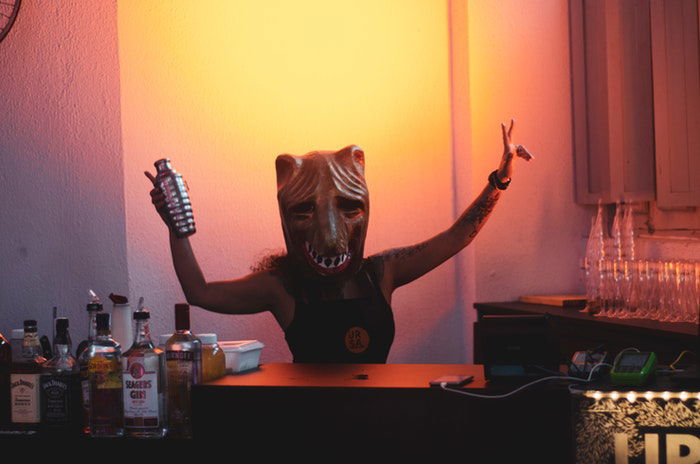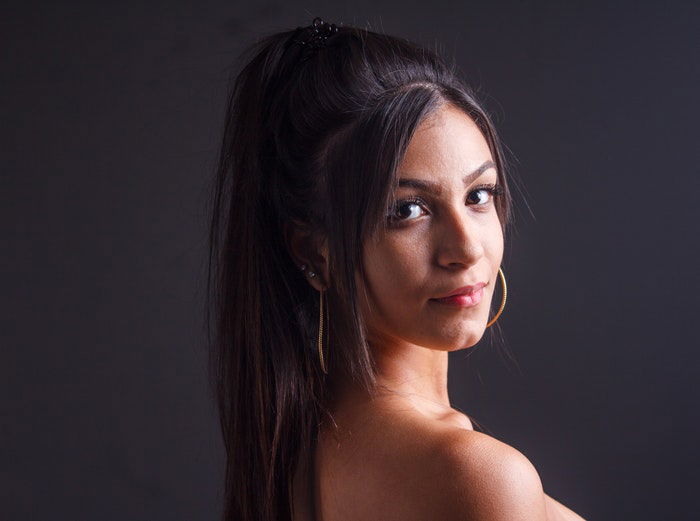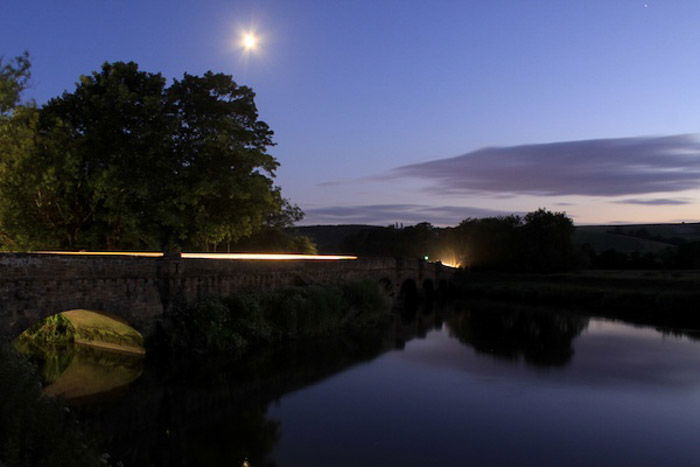How to Use a Ring Light for Photography Lighting
Ring lights are a popular type of photography lighting that can be used to create beautiful, soft light. They are perfect for portraits, as they add a natural-looking glow to the subject’s skin. Here’s how to use a ring light for photography.
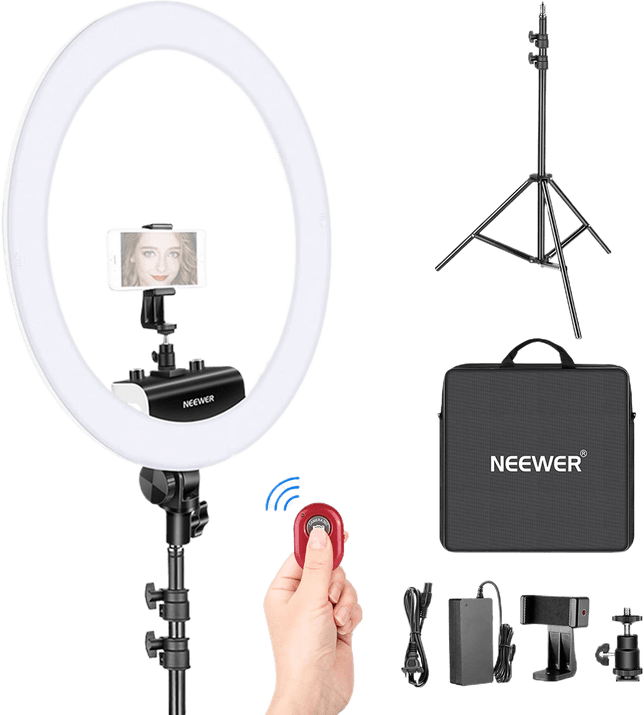
What is a Ring Light for Photography?
A ring light is basically a light in the form of a circle. It can flash or be continuous and is generally made up of rows of LED lights that form one large ring.
The sizes can vary. Small ones can fit around your lens, while large ones may need their own weighted stand.
You'll most often see ring lights be used in studio settings. But you can easily use the smaller ones outdoors and on location as well!
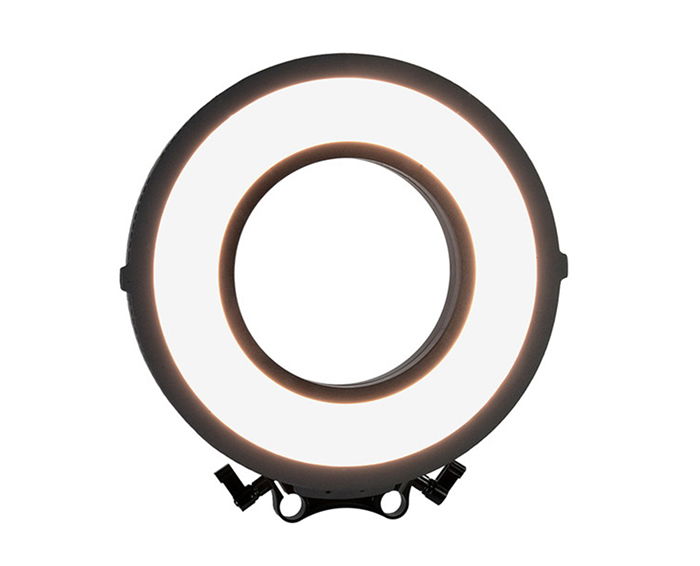
LED lights in a circle form the basic ring light. (Photo courtesy of B&H Photo)
Why Use a Ring Light?
The most common use for ring lights is in portrait photography. The most appealing benefit to using a led ring light is that it helps to eliminate harsh shadows.
For portraits, being able to provide soft, even lighting on the face is crucial. The circle of light provided by a ring light does just that by widening the source of light. It provides a light hitting the face from slightly below, directly in front, and slightly above.
Another fun effect of using a led ring is the circular reflection in your subject's eyes. This the typical tell-tale sign of a ring light in use. It also provides a sparkle of light in your subject’s eyes.
Take a closer look at your fashion magazines. You’ll find that fashion and beauty photography use ring lights very often!

Ring lights provide even lighting, eliminating harsh shadows. (Photo by Jessica To Oto)
Another common use for a led ring light is with macro photography. Once again, the main benefit of eliminating shadows is what makes a ring light the perfect fit for macro photos.
You’ll have a light that wraps your lens. This means you no longer have to worry about creating any distracting shadows as you get closer to the subject!
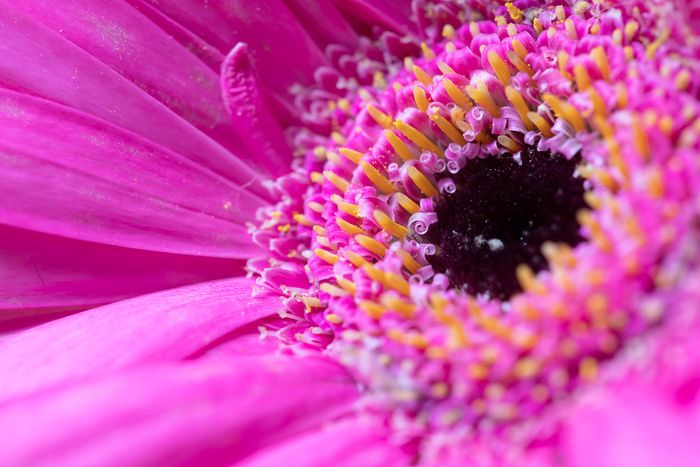
Macro photography greatly benefits from ring lights due to the proximity of the subject. That’s why a small portable light is everything you need for perfect macro lighting.
With their even and soft light, ring lights are also a great option for food photography. When it's used off-camera, it is perfect for lighting your subject from the side. This means you'll want to have one on a stand or handheld.
Ring flashes for food photography will help when creating an editorial look for blogs or restaurant marketing. A commercial or product photography look will require more extensive lighting setups.
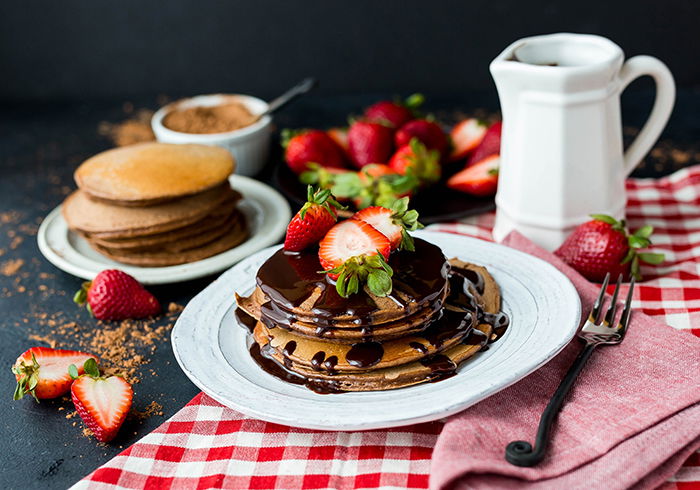
Food photography can also benefit from the even light of a ring light. (Photo by Whitney Wright)
What Should You Look for in a Ring Light?
Let's look at factors to consider when comparing models. There are so many options on the market that it will all come down to your genre of photography and your budget.
The main factors to consider are:
- Cost;
- Quality of build;
- Accessories needed (stand, mount for the camera, etc);
- The ability for different light settings;
- Size/portability.
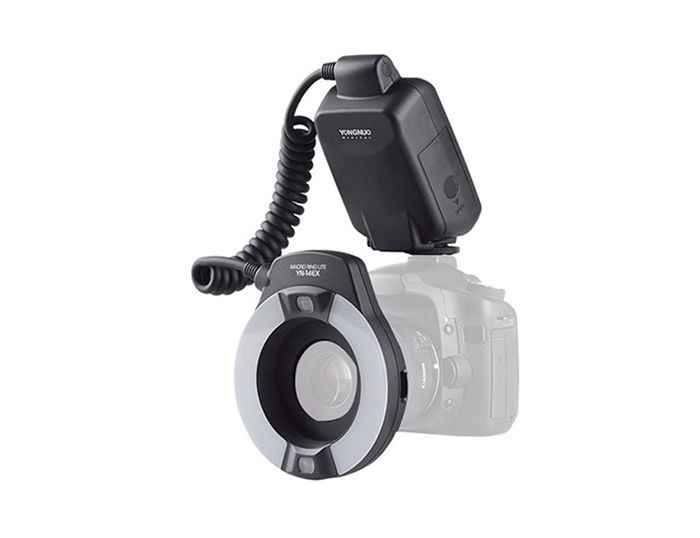
Small ring lights can fit on your lens. (Photo courtesy of B&H Photo)
Cost
The main guiding factor will most likely be your budget. If you're testing out ring lights or don't plan on using them much, consider getting a model at a lower price point.
You can find ring lights starting at approximately $100. If your speciality is portraiture, macro, or food photography, you may want to consider a bigger investment for heavier use.
Be sure to consider what you can invest in without straining your finances.

Quality of Build
Directly connected to cost, the quality of build is another factor to consider. The lower-priced models or those from smaller manufacturers will often lack in quality.
Sturdier ring lights will cost a bit more. But they will hold up to more wear and tear over time, making the higher investment worthwhile!
Consider your general habits with gear. Do you work in a studio? Your gear most likely doesn't take too tough of a beating.
Do you work on location and often stuff your gear into a backpack or case? Sturdier gear will be a better investment for you to withstand all the handling.
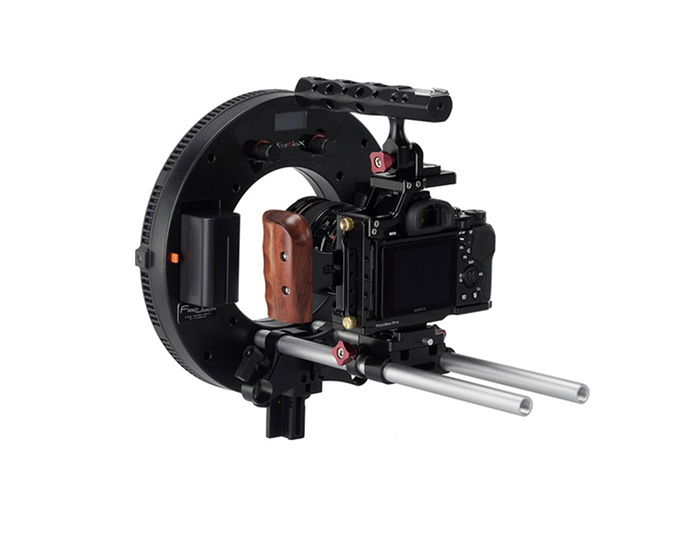
Accessories like mounts and stands are often needed and can add expense. (Photo courtesy of B&H Photo)
Accessories
Also related to costs. Consider if any other items are necessary for using that particular ring light.
Are replacement bulbs expensive or hard to find? Will you need a mount of some sort in addition to the light itself? How does it charge?
Being fully informed of all the parts needed will help you make a better decision.
Light Settings
Conditions will vary with every photo you take, so being able to adjust the light is vital. Before purchase, check whether you can adjust the light strength. Make sure it has enough adjustments to offer you the flexibility you'll need.
It is also important to check the light temperature and what options there are for adjusting that. Some setups might require warmer or cooler lights than usual. Having a color temperature dial on the ring light will make your white balance post-processing much easier.
It can also serve as an artistic effect. Filters are available for some models to allow you to shift the color right away!
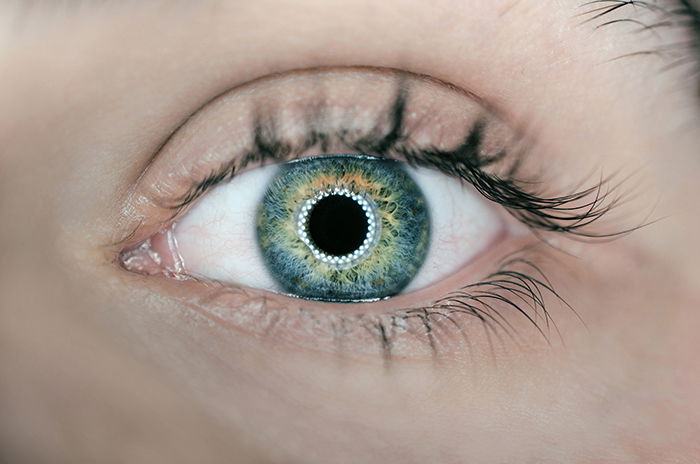
Adjusting the brightness and even the light temperature can give you greater control. (Photo by Motah)
Size and Portability
The size and portability of the led ring are directly affecting your use.
Do you shoot macro? You'll want a small ring light that wraps around your camera lens.
Do you do studio work for portraiture or detailed food setups? You may want to consider a larger ring light that goes on a weighted light stand.
Take some time to consider your use before investing money.

Macro photography calls for lots of mobility and ability to get close to your subject. (Photo by Dawn Armfield)
Conclusion
A ring light can provide sharp, cleanly lit photos for many types of photography.
If you specialize in portraiture, you'll want to consider using ring lights. For other genres like macro and food photography, ring lights can also be extremely beneficial.
Whether you start with a cheap ring light or decide to invest in a larger one with a stand, your photography clients will thank you!



